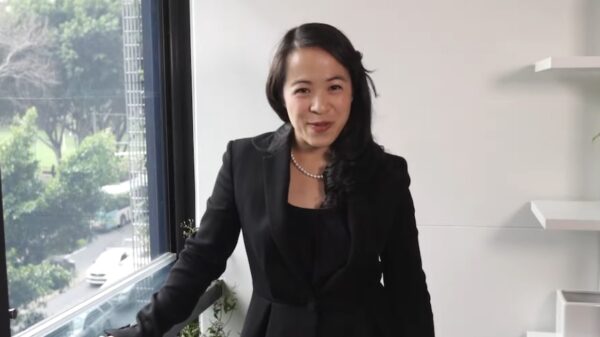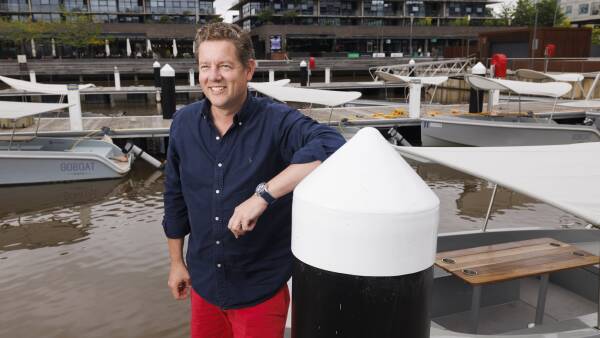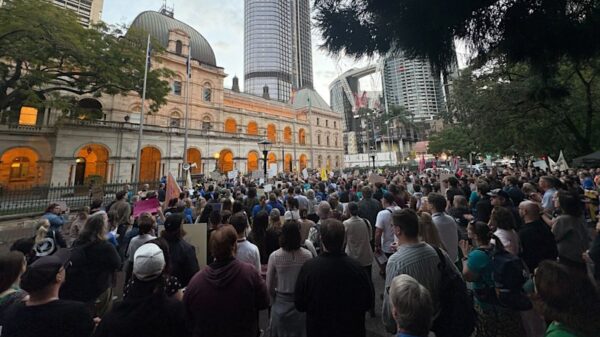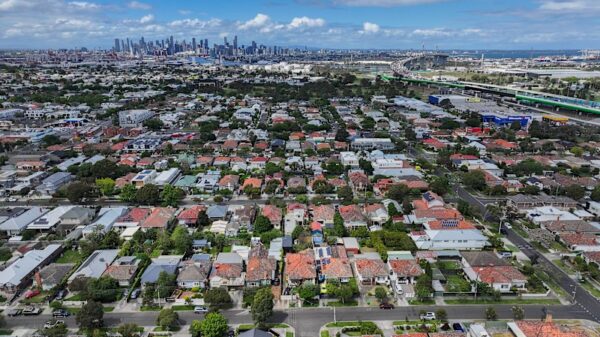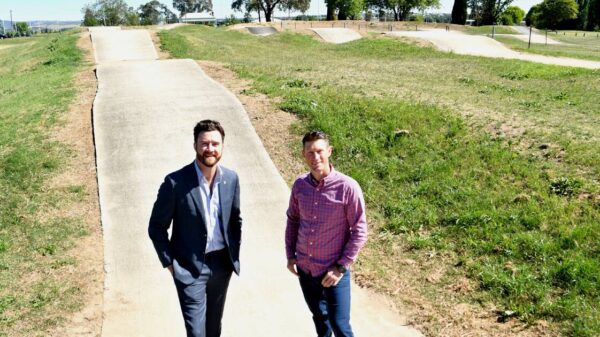UPDATE: The Productivity Commission has just announced a pressing call for a national road user charge in Australia, aimed at funding vital infrastructure upgrades. This move would require electric vehicle (EV) drivers to contribute to road maintenance, which they currently do not, as they are exempt from the 51.6 cents per litre fuel excise paid by conventional drivers.
This urgent recommendation is part of the Commission’s latest analysis of the National Competition Policy, presented to Jim Chalmers ahead of the Economic Reform Roundtable scheduled for later this month. The report highlights the need for a cohesive funding strategy, especially after a recent High Court ruling that nullified the Victorian government’s attempt to impose a 2 cents per kilometre charge on EV drivers.
“Road infrastructure should be funded through user charges that reflect the efficient cost of providing and maintaining that infrastructure,” the report emphasizes. By implementing such a charge, the Commission believes it would incentivize drivers to use roadways more efficiently while signaling to providers where upgrades are most needed.
The report comes at a time when the growth of electric vehicles is accelerating, with the Commission stressing the urgency for national reform. “The decision of the High Court rules out state-based distance road user charges and means governments need to consider a national approach to road funding,” it states, suggesting that this opens a pathway for a more unified system that fairly distributes infrastructure costs.
In related developments, the Commission has also urged the federal government to reconsider existing subsidies on EVs, such as the fringe benefits tax exemption, advocating instead for the New Vehicle Efficiency Standard as the primary mechanism for promoting cleaner vehicles.
While Chalmers has indicated that the government does not currently plan to impose taxes on EV users, he acknowledged ongoing discussions with the automotive sector and state governments. “Over time, the use of fossil fuels in our car fleets will come down, and EV use will go up,” he stated in July, highlighting the implications for the tax base as EV adoption increases.
Adding another layer of urgency, the New South Wales state government has flagged a distance-based charge for eligible EVs, set to be implemented from July 1, 2027, or when EVs account for 30 percent of all new vehicle sales.
The analysis also reveals that aligning Australian vehicle standards with international benchmarks could potentially boost the nation’s GDP by up to 0.2 percent annually, translating to an economic increase between $1.9 billion and $3.8 billion. Furthermore, reforms in occupational licensing could yield a significant economic impact, potentially delivering an additional $5 billion to $10 billion to GDP.
As the Commission prepares its final report for the Treasurer at the end of October, the urgency for a comprehensive strategy to address road infrastructure funding continues to grow. This pivotal moment may redefine how Australians contribute to and benefit from their roadways, making it essential for stakeholders to engage in this critical discussion moving forward.
Stay tuned for further updates as this situation develops.








